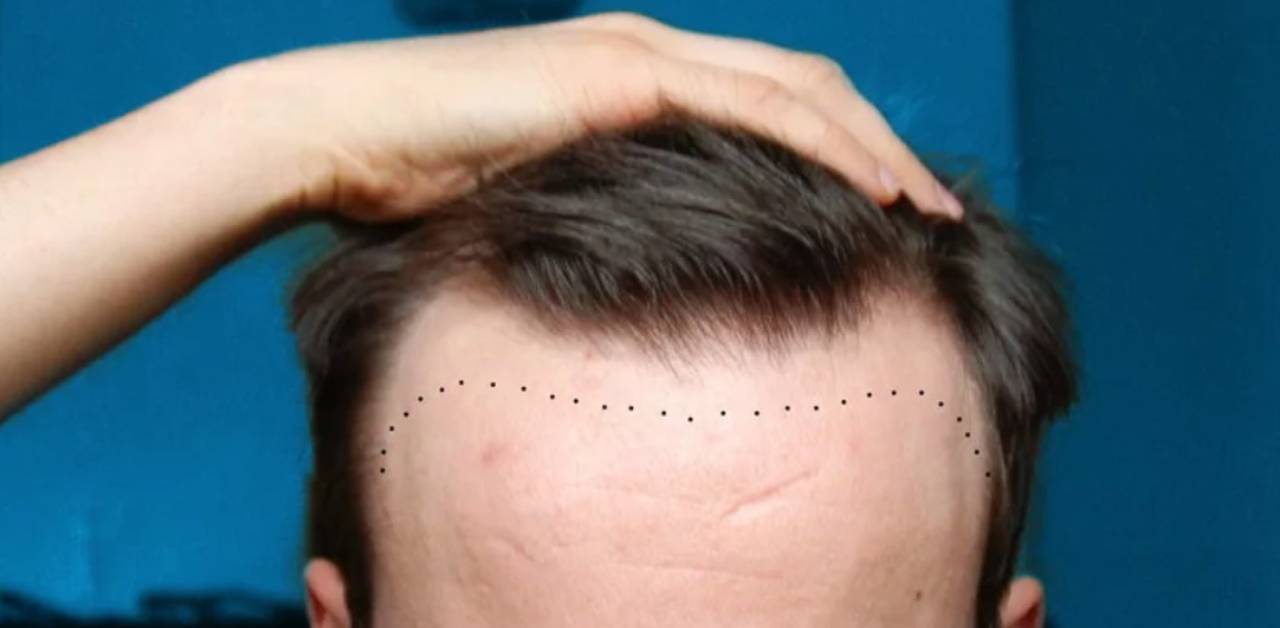In the world of modern aesthetics, hair transplants have become an increasingly popular solution for individuals seeking to restore their natural hairlines and regain their confidence. Among the many critical factors contributing to the success of a hair transplant procedure, the art of hairline design stands out as a cornerstone.
A meticulously designed hairline not only enhances a patient’s appearance but also showcases the skill and expertise of the surgeon. In this comprehensive guide, we delve into the nuances of mastering the art of hairline design in hair transplants in Lahore.
Understanding Hairline Design
The hairline, often referred to as the frame of the face, plays a pivotal role in determining a person’s overall appearance. Hairline design involves creating a natural and aesthetically pleasing hairline that complements the individual’s facial features, age, gender, and ethnicity. The process requires a keen eye for detail, an understanding of facial proportions, and the ability to recreate nature’s patterns.
Factors Influencing Hairline Design
Facial Proportions and Symmetry: A successful hairline design harmonizes with the patient’s facial proportions and maintains a balanced and symmetrical look. The surgeon considers the patient’s forehead shape, brow positioning, and overall facial structure to create a hairline that appears natural.
Age and Gender: The hairline design should also take into account the patient’s age and gender. For instance, a mature hairline design may differ from that of a younger individual. Gender-specific features are also considered to achieve an authentic outcome.
Ethnicity and Hair Characteristics: Different ethnicities exhibit distinct hairline patterns. Surgeons must understand the patient’s ethnic background and hair characteristics to ensure a hairline design that respects their cultural attributes.
Recipient Area Assessment: The condition of the recipient area significantly impacts the hairline design. Factors such as existing hair density, hair loss pattern, and potential future hair loss are taken into account to create a hairline that appears seamless as hair loss progresses.
The Art of Hairline Zone Creation
Creating a natural-looking hairline requires a multi-zone approach, which includes the frontal, transition, and temporal zones.
Frontal Zone: The frontal hairline is the most visible part of the hairline and requires meticulous attention. The surgeon designs it by considering the patient’s facial structure and preferences. A gradual, irregular hairline with slight variations in density mimics nature and avoids a stark appearance.
Transition Zone: The transition zone lies just behind the frontal zone and involves a gradual increase in hair density. This zone is critical for achieving a natural transition between the transplanted and native hair.
Temporal Zone: The temporal points frame the sides of the forehead and vary based on gender and age. Creating natural-looking temporal points involves considering the patient’s age, gender, and desired hairline appearance.
Techniques for Hairline Design
1: Customization: No two patients are the same, and their hairline designs should reflect this uniqueness. Customization ensures that the hairline aligns with the individual’s features, preferences, and expectations.
2: Single-Hair Follicular Unit Placement: The use of single-hair follicular units at the hairline creates a soft and gradual transition, replicating the natural hairline’s fine details.
3: Dense-Packed Irregular Pattern: To mimic the randomness of natural hair growth, a dense-packed irregular pattern is employed. This technique prevents a uniform, artificial look and instead achieves a seamless blend between the transplanted and native hair.
Mastering the art of hairline design in hair transplants demands a deep understanding of aesthetics, facial proportions, and the intricacies of hair growth patterns. A well-designed hairline has the power to not only restore a person’s hair but also rejuvenate their confidence and self-esteem.
Surgeons who combine technical expertise with artistic finesse can achieve remarkable, natural-looking results that stand as a testament to the artistry of hair transplantation. If you’re considering a hair transplant, remember that your hairline isn’t just a line; it’s a work of art that requires a master’s touch.
